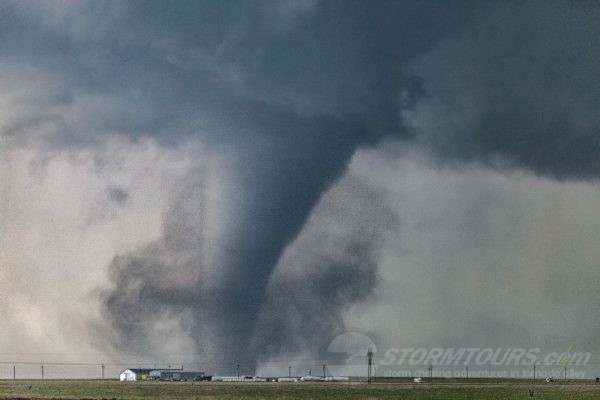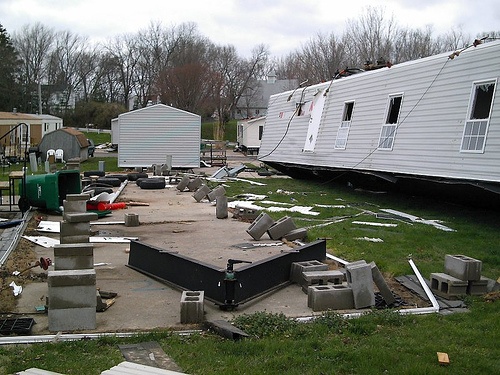3. Don’t try to outrun a tornado.
This was the common line of thought by many warning meteorologists for several decades as it was once thought that a tornado would “suck” the air out of your air intake and shut down your vehicle, rendering you helpless. It wasn’t that long ago that tornado warnings included a phrase similar to “if you’re in a vehicle do not try to outrun a tornado, instead seek sturdy shelter immediately.” And to some degree, such broadcasts still happen. However, the general consensus amongst warning meteorologists today has changed.

If you can see a tornado but are not being directly impacted by its rotational winds then you have every chance to be able to outrun it and possibly protect your life. Tornadoes have the fastest rotational wind speeds on Earth measuring up to 350 mph in some extreme cases. However, they generally don’t have a fast “forward” or “traveling” speed.
In the fastest cases, a tornado’s forward speed is up to 50 mph, most are much slower. While driving at a high rate of speed is ill-advised, if it saves your life then it saves your life. Just don’t drive faster than actually needed and remain calm. Getting excited or panicky while trying to escape an oncoming tornado can be deadly to you, your passengers, and other motorists.
The best action to take is to drive at a rate of speed that prevents a tornado from gaining on you and as soon as possible, make a 90-degree turn to “out angle” the approaching tornado. It’s often important to know which direction the tornado is traveling. Most travel in an east or northeast direction, thus turning to the south is usually the best option. Once you are south of the storm, you’re no longer directly in its path.
And here is another helpful tip – if you see storm chasers standing on the side of the road watching or photographing the storm, you’re likely safe. Storm chasers rarely exit their vehicles if there is an extreme danger. So if you see storm chasers (and it’s quite likely you will), slow down, take a breath and just ask one of them what you should do. Most are extremely helpful.
4. A tornado is more likely to hit a mobile-home park.
We honestly don’t know where this myth started. A tornado is obviously not a living, thinking organism and there is no way for it to determine what is in its path, so this myth is by all means extremely silly, but it’s out there. At best, the myth was likely started due to the fact that pre-fabricated structures such as mobile homes are not built well and cannot withstand even the weakest tornado rotational wind speeds.

The truth is, mobile homes are death traps. Many people don’t want to hear that and we’re sorry if that angers you, but it is still the truth. f you’re in a mobile home during a severe storm, you should immediately seek more sturdy shelter. Do not attempt to shelter inside of a mobile home during an active tornado warning, the result is more often deadly than survivable! If you don’t have an underground shelter available, the best advice is to get in your vehicle and drive away from the approaching storm until you’re safe. If you don’t have time, then find the lowest area outside of the mobile home and lie flat with your hands covering your head.
